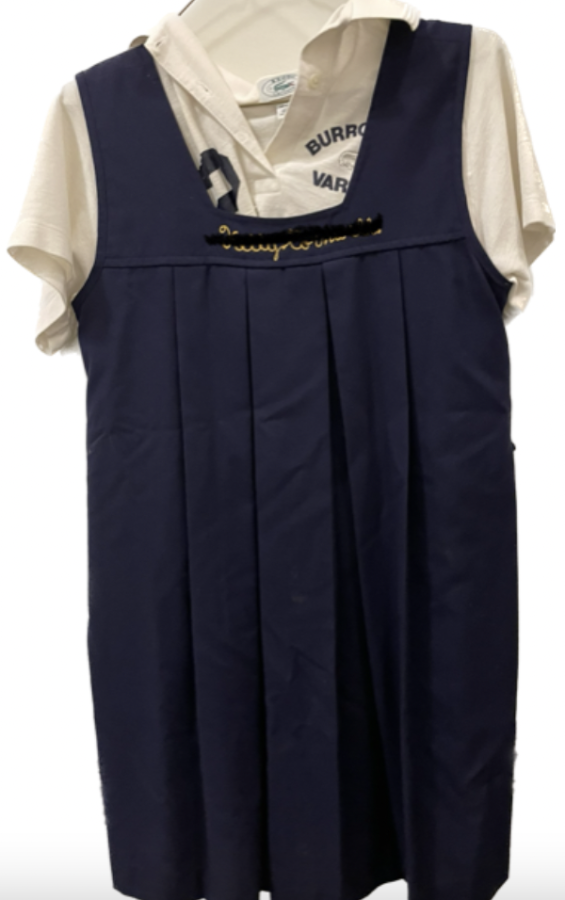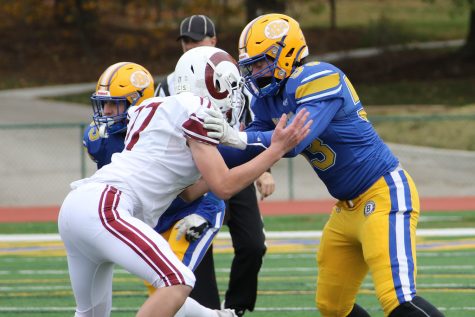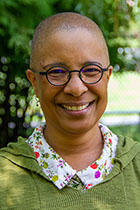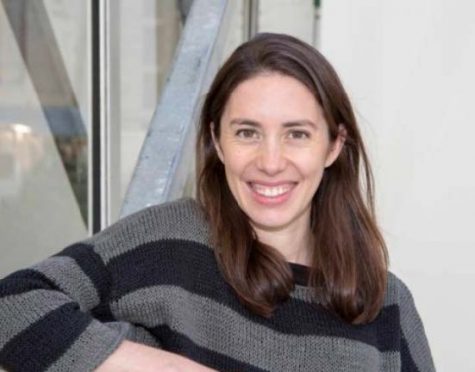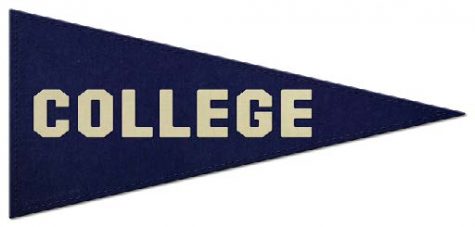So, what has changed?
April 9, 2023
Heraclitus said that “There is nothing permanent except change.” A school that has been around for 100 years, Burroughs has seen its fair share of change. In these past few weeks, I set out on a mission to explore the question: What is different? I went to some of the longest-standing faculty members in each department and asked them the simple question, “So, what has changed?”
Since the late 80s and early 90s, a lot has adjusted at Burroughs. Grade inflation was one of the first things that were pointed out to me. While before, Burroughs used to give out D’s and F’s, it now mostly gives above C’s. This is not something unique to Burroughs though. Especially in the past decades, as colleges become more exclusive, high school grades have risen. On top of this, sports have become much more intense. As Dr. Barnes put it, “there are only 24 hours in a day,” so the time has to come from somewhere. If Burroughs had higher academic rigor as it did, then students wouldn’t have had enough time in the day for the “seriousness of athletics.”
Another one of the most important things to change was diversity. While the school was somewhat diverse before, it’s definitely become more so. Mr. Henningson declared, “Religiously and ethnically we have diversified, and it’s a big difference and a good one.” Mr. Nicholas also brought up that it’s not that we didn’t have diversity in the past—just not at the level we do now. Not only have we increased diversity in race and religion, but an influx of scholarships has increased the economic diversity at Burroughs. Our academic support has also grown to support students. What was just one person is now a multi-person department with a large variety of assistance and support. Advisories also used to be separated by gender. Male advisors would only have male students, and female advisors would only have female students. The school has also reportedly become a more forgiving community. Dr. Barnes stated, “‘People are more aware of the need to be kind in a community…It’s not that I thought [Burroughs] was cruel, but it’s kinder and more supportive [now].”
Not only has the inside look of the school developed over the past several decades, but the physical structure has as well. I’m sure many of us remember the construction of the new pool and squash courts, the S.T.A.R. building, the new IT Department, and even before that, the new Haertter Hall. Mr. Nicholas remarked, “People underestimate quite the impact that your surroundings have on you.” The learning spaces, increase in artwork, and physical changes have definitely been positive. On top of these overall changes in Burroughs, each department has seen change in different ways.
Starting at Burroughs in 1981, Mr. Henningson has seen his fair share of change. I’m sure we are all familiar with the feeling of submitting a paper to turnitin.com. The plagiarism-checking website founded in 1998 has made teachers’ jobs easier, but before the internet, the English Department instead kept a large set of Cliff notes in their office. The laborious process of flipping through the pages was the early way to catch cheating. English papers also had to be handwritten or typed on a typewriter. Instead of computer science classes, Burroughs had typewriter classes!
The History Department at Burroughs has seen similar changes in terms of technology. Mr. Nicholas, who came to Burroughs in 1982, highlighted how all research papers and term papers had to be completed by hand. On top of that, before the internet, all sources were paper books. When it comes to paper books you can only find a “limited amount” of print. With online resources, the number of references available drastically increases. Mr. Nicholas holds that in the past, cheating wasn’t altogether hard to catch. Even though students didn’t have the resources that we do now, a teacher still gets to know their students–you can tell your students’ writing voices from others. “Cheating is an individual choice and it’s not tied to different eras,” Mr. Nicholas said.
Though translations are now easily accessible on the internet for language classes, long-time faculty member Dr. Barnes said, “If you are determined to cheat, you will cheat.” Apart from the internet, language as a department hasn’t changed much. While the internet has allowed for an increase in cheating, it also allows students to learn in different ways. I remember having Dr. Barnes as a teacher in 8th grade and being required to make note cards for a test. While some kids brought in handwritten notecards, others brought in printouts of Quizlet. While different, they all allowed us to use our best study strategies for the test.
Coming to Burroughs in 1990, Mrs. Goran’s science classes have seen many changes. When asked how science has changed, the first thing she said was, “Look around you my dear, we have a new building!” In the old building, classrooms and labs were separated. This led to a small disconnect between the lesson and the labs. It was never a real problem, but that didn’t stop the new hybrid lab-classrooms from being a nice upgrade. Burroughs had always provided the latest and greatest advancements they could so that the teachers could instruct at the highest level. Because of this, as times changed, so did science. Labs that had before required many steps could be simplified by new devices, like carbon dioxide sensors or LabQuest. As Mrs. Goran put it, the new facilities and supplies aren’t just here for the now, “it’s built for the future too.”
Mr. Barton joined Burroughs in 1982, and he excitedly shared his experience with changes at Burroughs. In the old IT Department, they could only teach so many and often had to keep the garage door open to work outside. The current IT Department is almost exactly three times the size of the old one. As the class size increased, the spaces needed to reflect that design–three times the students, three times the space. The outside world has also influenced the IT Department. Mr. Barton stopped hosting a tech club to build all sorts of launchers after 9/11 so as to not accidentally encourage any form of violence. He also has helped faculty with the rise of new personal technology–“every time a new computer would come out I would learn the new system,” he said.
Just as in academics, Coach Clark detailed changes to the athletic department since she started working at Burroughs in 1978. Before that, she attended Burroughs from ‘67-’73, and her father attended before her. As such a longstanding member of our community, she has seen Burroughs through many shifts. PE uniforms weren’t always what they are now. In the past, girls would have dresses of sorts with their names on them as a uniform. Eighth graders were allowed to pick their PE units, and there weren’t middle school sports. High school also required three sports for boys and none for girls. However, many girls didn’t really know it wasn’t required and still participated in sports. Girls used to have 4 sports seasons, with volleyball as a four-week unit between winter and spring. In terms of facilities, Burroughs’ original pool was large and outdoors. During the winter, students would use Villa’s pool. The athletic department was split into two departments, girls and boys, later united under the leadership of Skippy Keefer. Originally, many teachers doubled as coaches. Mr. Nicholas cited that one of the main reasons for his joining Burroughs was because he could teach as well as coach basketball and football. Mr. Henningson coached baseball for fourteen years, and Mr. Barton helped introduce girls cross-country and coached for 20 years.
